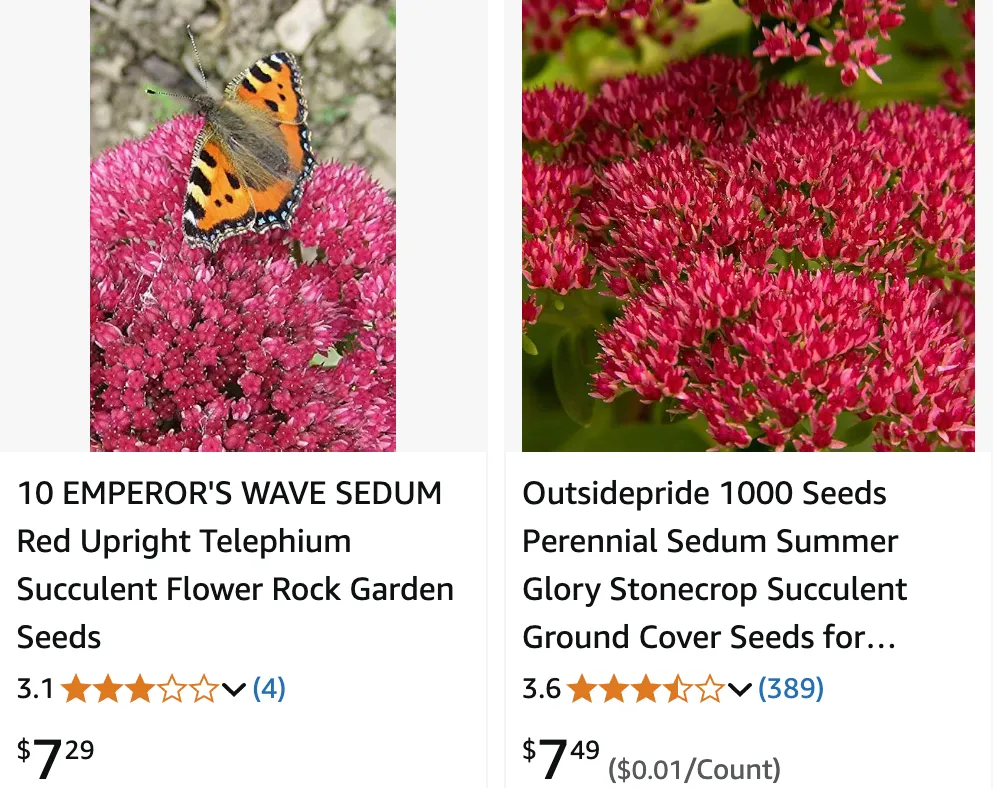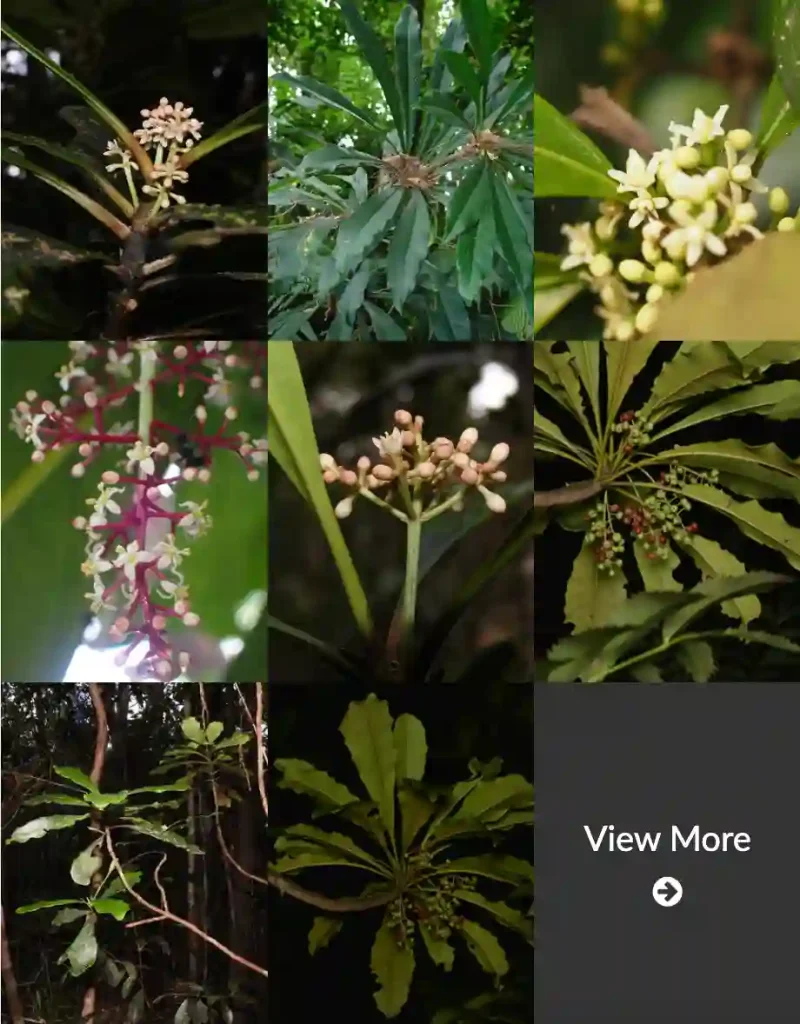
July 17 – Hylotelephium
"Hylotelephium, the stonecrop, represents July 17."
Hylotelephium symbolizes resilience and adaptability. Like this hardy plant, you thrive in even the toughest conditions, standing strong and flourishing where others may struggle. Your enduring spirit and ability to bring beauty to the simplest moments make you a source of inspiration for those around you.
My Fascination with Hylotelephium
I, Ferb Vu, have always been drawn to the quiet resilience of succulents. Their ability to thrive in harsh conditions, their fleshy leaves storing water like precious jewels, and their understated beauty have always captivated me. Among my favorites is the genus Hylotelephium, commonly known as stonecrop or orpine. These hardy perennials, with their captivating clusters of star-shaped flowers and vibrant foliage, have earned a special place in my heart and garden.
Understanding Hylotelephium
Hylotelephium belongs to the Crassulaceae family, a group known for their succulent leaves and drought tolerance. Once classified under the genus Sedum, Hylotelephium was later recognized as distinct due to key differences in their growth habits and inflorescence structures. These plants typically feature thick, fleshy leaves arranged oppositely or in whorls along the stem. Their flowers, blooming in late summer and autumn, form dense clusters in shades of pink, red, purple, and white, providing a welcome splash of color as the seasons turn.
A Diverse Genus
The genus Hylotelephium boasts a diverse array of species, each with its unique charm:
- Hylotelephium spectabile (Showy Stonecrop): Perhaps the most well-known species, admired for its large flower heads and attractive foliage.
- Hylotelephium telephium (Orpine): A European native with a long history of medicinal use, known for its upright growth habit and pink or purple flower clusters.
- Hylotelephium erythrostictum (Red Stonecrop): Recognizable by its reddish stems and leaves, adding a touch of warmth to autumn gardens.
- Hylotelephium sieboldii (October Daphne): A charming species with cascading stems and variegated leaves, often tinged with pink.
- Hylotelephium cauticola (Cliff Stonecrop): A low-growing species with bluish-green leaves and deep pink flowers, perfect for rock gardens.
- Hylotelephium anacampseros (L.) H.Ohba
- Hylotelephium angustum (Maxim.) H.Ohba
- Hylotelephium × bergeri B.Bock
- Hylotelephium bonnafousii (Raym.-Hamet) H.Ohba
- Hylotelephium callichromum H.Ohba
- Hylotelephium cyaneum (Rudolph) H.Ohba
- Hylotelephium ewersii (Ledeb.) H.Ohba
- Hylotelephium jullianum (Boreau) Grulich
- Hylotelephium maximum (L.) Holub
- Hylotelephium mingjinianum (S.H.Fu) H.Ohba
- Hylotelephium pallescens (Freyn) H.Ohba
- Hylotelephium pluricaule (Maxim.) H.Ohba
- Hylotelephium populifolium (Pall.) H.Ohba
- Hylotelephium sordidum (Maxim.) H.Ohba
- Hylotelephium sukaczevii (Maximova) S.B.Gontch. & A.V.Grebenjuk
- Hylotelephium tatarinowii (Maxim.) H.Ohba
- Hylotelephium telephioides (Michx.) H.Ohba
- Hylotelephium tianschanicum V.V.Byalt & Lazkov
- Hylotelephium uralense (Rupr.) V.V.Byalt
- Hylotelephium ussuriense (Kom.) H.Ohba
- Hylotelephium verticillatum (L.) H.Ohba
- Hylotelephium viride (Makino) H.Ohba
- Hylotelephium viviparum (Maxim.) H.Ohba
- Hylotelephium vulgare (Haw.) Holub
Why I Admire Hylotelephium
My admiration for Hylotelephium stems from several reasons. First and foremost, they are incredibly low-maintenance plants. They thrive in well-drained soil and require minimal watering, making them ideal for busy gardeners or those living in drier climates. Their resilience extends beyond drought tolerance, as they are also relatively pest and disease-free.
Secondly, I am captivated by their ornamental value. Their late-season blooms provide a vital source of nectar for pollinators like bees and butterflies when many other flowers have faded. Their striking foliage, ranging from green to purple and even variegated forms, adds texture and interest to garden beds and borders throughout the growing season.
Furthermore, I appreciate the versatility of Hylotelephium. They can be incorporated into various garden settings, from rock gardens and borders to containers and even green roofs. Their cut flowers also have excellent longevity, making them a popular choice for autumnal bouquets.
My Experiences with Hylotelephium
Over the years, I have cultivated several Hylotelephium species in my garden. I’ve witnessed firsthand their ability to withstand scorching summers and frosty winters. I’ve marveled at the bees buzzing around their blossoms, their tiny legs laden with pollen. And I’ve enjoyed the visual feast of their colorful foliage and flowers, bringing life to my garden when other plants begin to fade.
One of my most rewarding experiences has been propagating Hylotelephium. These plants are incredibly easy to multiply through stem cuttings or division. Sharing these cuttings with friends and neighbors, spreading the joy of these resilient plants, has been a fulfilling experience.
Concluding Thoughts
Hylotelephium, with its diverse array of species and its resilience, beauty, and versatility, holds a special place in my gardening journey. These plants embody the strength and beauty of nature, reminding me of the enduring power of life even in the face of adversity. As I continue to explore the world of succulents, I am certain that Hylotelephium will remain a cherished companion in my garden.
If i die, water my plants!



